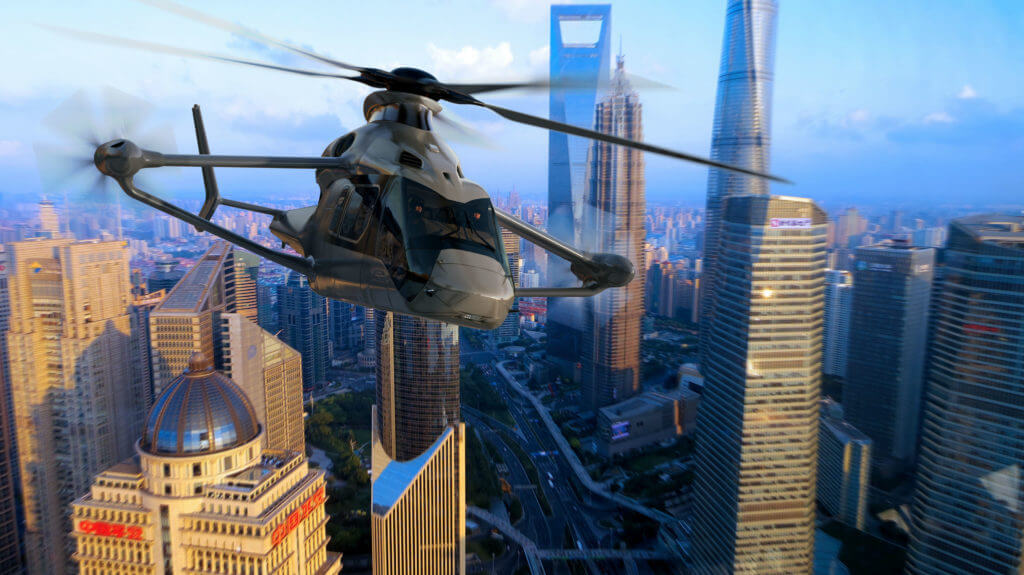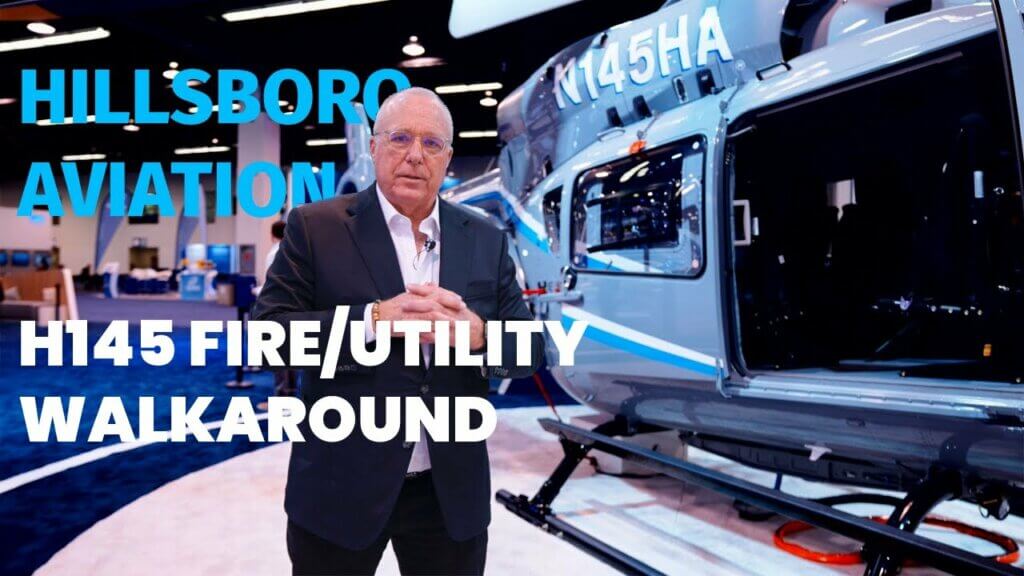Safran Helicopter Engines, which had initially planned on supplying a pair of RTM322 engines for the Airbus Helicopters Racer compound demonstrator, has seen its more modern Aneto selected by the airframer. The move goes along with an increase in the target cruise speed, at 215 knots. Moreover, the 2,500-shaft-horsepower turboshafts will benefit from an innovative architecture, allowing one engine to be throttled back to idle in cruise to save fuel.

The Racer, which benefits from the experience gained during the earlier X3 program, is slated to fly in 2020. It features a main rotor, a box wing, and two side-mounted pusher propellers. Such a design makes it easier to fly at high speeds. The main rotor has to provide less lift, thus needing less power. Its rotating speed becomes aerodynamically easier to handle.
The Aneto, already selected for use in the Leonardo AW189K, is exceptionally compact, Safran emphasizes. The manufacturer claims it delivers 25 percent more power than existing engines of the same volume. The engine “will play a key role in supporting the wider Racer demonstrator project, which brings together technologies from a wide network of more than 25 industrial, academic and research partners from across the European Union in order to make a significant and durable contribution to the competitiveness of the European aerospace industry”, said Tomasz Krysinski, Airbus Helicopters vice-president for research and innovation.
The specification for cruise speed, which was standing at 220 knots on the X3, was downgraded to 190 knots on the RTM 322-powered Racer, and is now referred to as “400 kilometer per hour” (215 knots).
Developed by Safran Electrical & Power, the Aneto’s Power Pack Eco Mode configuration will allow the crew to “pause” an engine in cruise. In that phase of flight, it is more fuel-efficient to use one engine at high power than two engines at medium power. The fuel saving is estimated a 15 percent for a given mission. In just 10 seconds, the idling engine can rapidly and automatically be restored to full power using a specially-designed electric motor. This feature can be used in case the engine running at full power fails.
Safran has conducted extensive ground testing and the system will fly for the first time on the Racer.
For the engine manufacturer, this will be a first step towards a hybrid engine architecture. The second step is planned to be “transient assistance,” in which an electric motor complements the turboshaft when high power is needed. It allows engineers to size the engine for cruise flight, as opposed to takeoff. The engine’s fuel consumption is thus optimized for the longest phase of flight. Ground testing is underway.
The third step will be a multi-rotor system. Electric motors will drive the rotors but a turboshaft will supply electric power via a generator. Such a system, rated at 100 kW (135 shaft-horsepower), is planned to be tested this year. Safran is working with an unnamed designer of futuristic vertical takeoff and landing vehicles.









